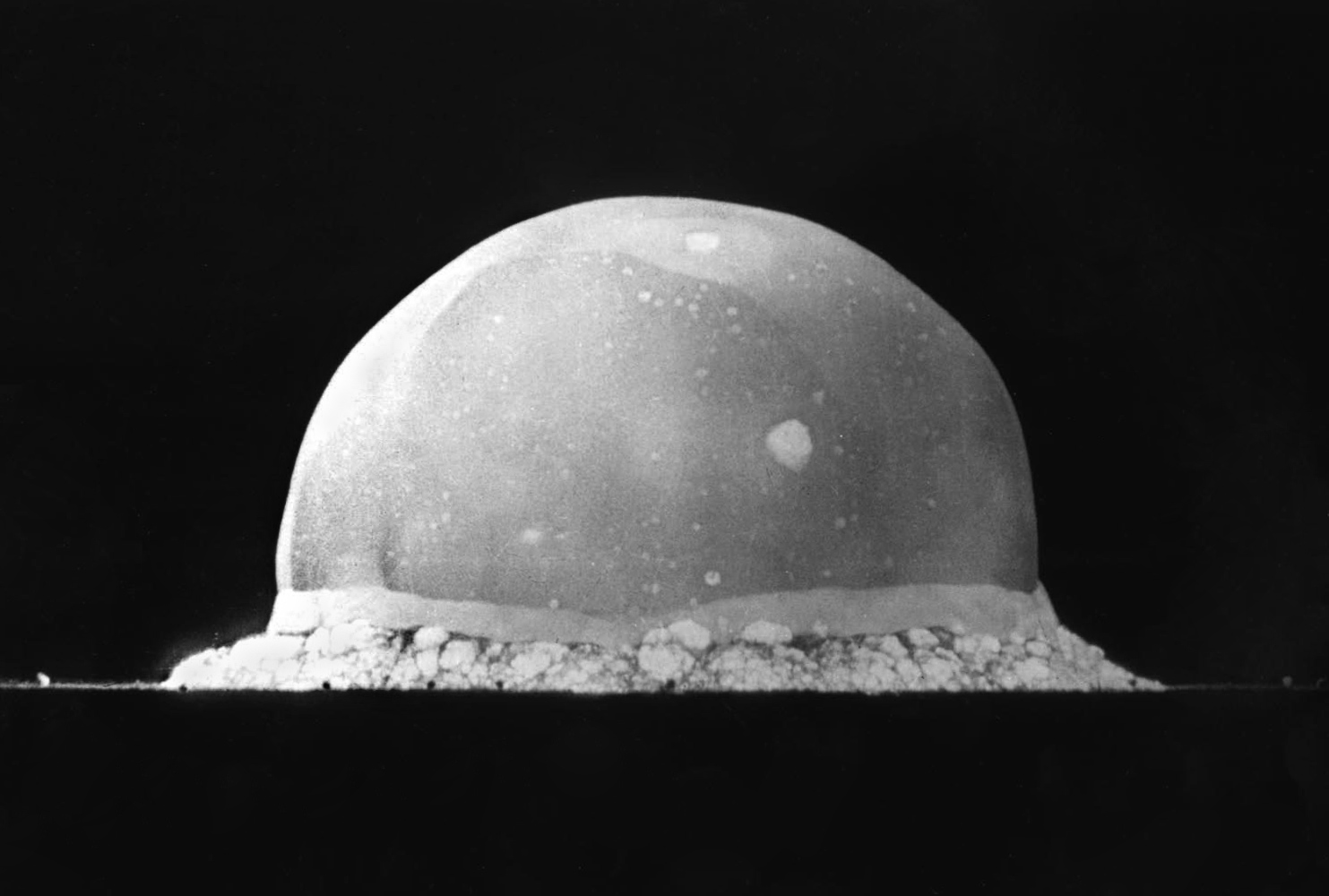|
IBM 1360
The IBM 1360 Photo-Digital Storage System, or PDSS, was an online archival storage system for large data centers. It was the first storage device designed from the start to hold a terabit of data (128 GB). The 1360 stored data on index card sized pieces of stiff photographic film that were individually retrieved and read, and could be updated by copying data, with changes, to a new card. Only six PDSSs were constructed, including the prototype, and IBM abandoned the film-card system and moved on to other storage systems soon after. Only one similar commercial system seems to have been developed, the Foto-Mem FM 390, from the late 1960s. History Walnut In the mid-1950s IBM's San Jose lab was contracted by the CIA to provide a system to retrieve vast numbers of printed documents. The lab was interested in using a new type of photographic film known as Kalvar. Kalvar was developed to make copies of existing microfilm stock, simply by placing the Kalvar and original togethe ... [...More Info...] [...Related Items...] OR: [Wikipedia] [Google] [Baidu] |
Jack Harker
John Mason "Jack" Harker (June 29, 1926 – April 27, 2013) was an inventor, mechanical engineer, and product and program manager who pioneered development of disk storage systems.John Mason (Jack) Harker (1926 - 2013) Obituary San Jose Mercury News, May 12, 2013 Starting as a member of the original team that developed the first disk storage system, he went on to develop IBM Direct Access Storage products for the next 35 years. Over that time, Harker was twice director of the IBM San Jose Storage Laboratories, an |
Manchester Encoding
In telecommunication and data storage, Manchester code (also known as phase encoding, or PE) is a line code in which the encoding of each data bit is either low then high, or high then low, for equal time. It is a self-clocking signal with no DC component. Consequently, electrical connections using a Manchester code are easily galvanically isolated. Manchester code derives its name from its development at the University of Manchester, where the coding was used for storing data on the magnetic drums of the Manchester Mark 1 computer. Manchester code was widely used for magnetic recording on 1600 bpi computer tapes before the introduction of 6250 bpi tapes which used the more efficient group-coded recording. Manchester code was used in early Ethernet physical layer standards and is still used in consumer IR protocols, RFID and near-field communication. Features Manchester coding is a special case of binary phase-shift keying (BPSK), where the data controls the phase ... [...More Info...] [...Related Items...] OR: [Wikipedia] [Google] [Baidu] |
IBM 3850
The IBM 3850 Mass Storage System was an online tape library used to hold large amounts of infrequently accessed data. It was one of the earliest examples of nearline storage. History Starting in the late-1960s IBM's lab in Boulder, Colorado began development of a low-cost mass storage system based on magnetic tape cartridges. The tapes would be accessed automatically by a robot (known as an ''accessor'') and fed into a reader/writer unit that could work on several tapes at the same time. Originally the system was going to be used as a directly attached memory device, but as the speed of computers grew in relation to the storage, the product was re-purposed as an automated system that would offload little-used data from hard disk systems. Known internally as ''Comanche'' while under development, IBM management found a number of niche uses for the concept, and announced it officially as the IBM 3850 on October 9, 1974. After more than a decade (comparable to the IBM 2321 Data C ... [...More Info...] [...Related Items...] OR: [Wikipedia] [Google] [Baidu] |
Los Alamos National Laboratory
Los Alamos National Laboratory (often shortened as Los Alamos and LANL) is one of the sixteen research and development laboratories of the United States Department of Energy (DOE), located a short distance northwest of Santa Fe, New Mexico, in the American southwest. Best known for its central role in helping develop the first atomic bomb, LANL is one of the world's largest and most advanced scientific institutions. Los Alamos was established in 1943 as Project Y, a top-secret site for designing nuclear weapons under the Manhattan Project during World War II.The site was variously called Los Alamos Laboratory and Los Alamos Scientific Laboratory. Chosen for its remote yet relatively accessible location, it served as the main hub for conducting and coordinating nuclear research, bringing together some of the world's most famous scientists, among them numerous Nobel Prize winners. The town of Los Alamos, directly north of the lab, grew extensively through this period. A ... [...More Info...] [...Related Items...] OR: [Wikipedia] [Google] [Baidu] |
National Security Agency
The National Security Agency (NSA) is a national-level intelligence agency of the United States Department of Defense, under the authority of the Director of National Intelligence (DNI). The NSA is responsible for global monitoring, collection, and processing of information and data for foreign and domestic intelligence and counterintelligence purposes, specializing in a discipline known as signals intelligence (SIGINT). The NSA is also tasked with the Information assurance, protection of U.S. communications networks and information systems. The NSA relies on a variety of measures to accomplish its mission, the majority of which are clandestine operations, clandestine. The existence of the NSA was not revealed until 1975. The NSA has roughly 32,000 employees. Originating as a unit to decipher coded communications in World War II, it was officially formed as the NSA by President Harry S. Truman in 1952. Between then and the end of the Cold War, it became the largest of the U.S. ... [...More Info...] [...Related Items...] OR: [Wikipedia] [Google] [Baidu] |
Lawrence Berkeley National Laboratory
Lawrence Berkeley National Laboratory (LBNL), commonly referred to as the Berkeley Lab, is a United States national laboratory that is owned by, and conducts scientific research on behalf of, the United States Department of Energy. Located in the hills of Berkeley, California, the lab overlooks the campus of the University of California, Berkeley, and is managed by the University of California system. History 1931–1941 The laboratory was founded on August 26, 1931, by Ernest Lawrence, as the Radiation Laboratory of the University of California, Berkeley, associated with the Physics Department. It centered physics research around his new instrument, the cyclotron, a type of particle accelerator for which he was awarded the Nobel Prize in Physics in 1939. Throughout the 1930s, Lawrence pushed to create larger and larger machines for physics research, courting private philanthropists for funding. He was the first to develop a large team to build big projects to make discov ... [...More Info...] [...Related Items...] OR: [Wikipedia] [Google] [Baidu] |
Lawrence Livermore National Laboratory
Lawrence Livermore National Laboratory (LLNL) is a federal research facility in Livermore, California, United States. The lab was originally established as the University of California Radiation Laboratory, Livermore Branch in 1952 in response to the detonation of the first atomic bomb by the Soviet Union during the Cold War. It later became autonomous in 1971 and was designated a national laboratory in 1981. A federally funded research and development center, Lawrence Livermore Lab is primarily funded by the U.S. Department of Energy and it is managed privately and operated by Lawrence Livermore National Security, LLC (a partnership of the University of California), Bechtel, BWX Technologies, AECOM, and Battelle Memorial Institute in affiliation with the Texas A&M University System. In 2012, the laboratory had the synthetic chemical element livermorium (element 116) named after it. Overview LLNL is self-described as a "premier research and development institution fo ... [...More Info...] [...Related Items...] OR: [Wikipedia] [Google] [Baidu] |
Machine Translation
Machine translation, sometimes referred to by the abbreviation MT (not to be confused with computer-aided translation, machine-aided human translation or interactive translation), is a sub-field of computational linguistics that investigates the use of software to translate text or speech from one language to another. On a basic level, MT performs mechanical substitution of words in one language for words in another, but that alone rarely produces a good translation because recognition of whole phrases and their closest counterparts in the target language is needed. Not all words in one language have equivalent words in another language, and many words have more than one meaning. Solving this problem with corpus statistical and neural techniques is a rapidly growing field that is leading to better translations, handling differences in linguistic typology, translation of idioms, and the isolation of anomalies. Current machine translation software often allows for customizat ... [...More Info...] [...Related Items...] OR: [Wikipedia] [Google] [Baidu] |
AN/GSQ-16
IBM's Automatic Language Translator was a machine translation system that converted Russian documents into English. It used an optical disc that stored 170,000 word-for-word and statement-for-statement translations and a custom computer to look them up at high speed. Built for the US Air Force's Foreign Technology Division, the AN/GSQ-16 (or XW-2), as it was known to the Air Force, was primarily used to convert Soviet technical documents for distribution to western scientists. The translator was installed in 1959, dramatically upgraded in 1964, and was eventually replaced by a mainframe running SYSTRAN in 1970. History Photoscopic store The translator began in a June 1953 contract from the US Navy to the International Telemeter Corporation (ITC) of Los Angeles. This was not for a translation system, but a pure research and development contract for a high-performance photographic online storage medium consisting of small black rectangles embedded in a plastic disk. When the initial ... [...More Info...] [...Related Items...] OR: [Wikipedia] [Google] [Baidu] |




.jpg)
